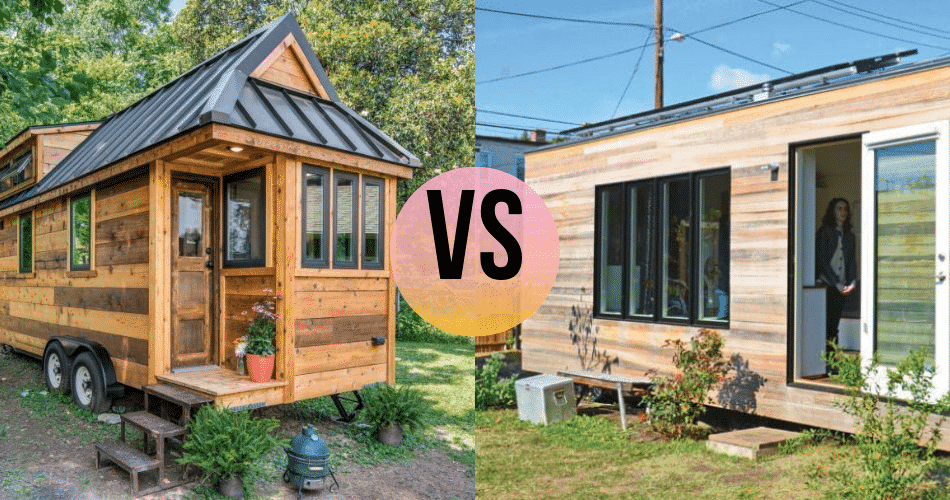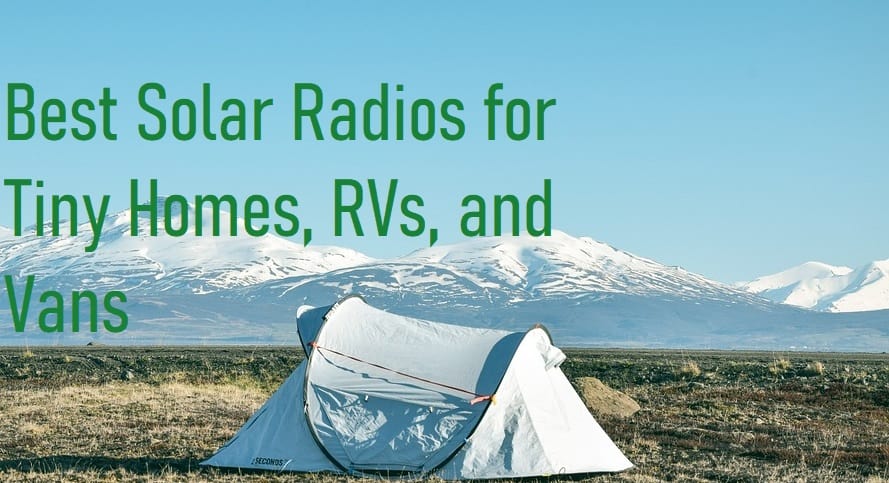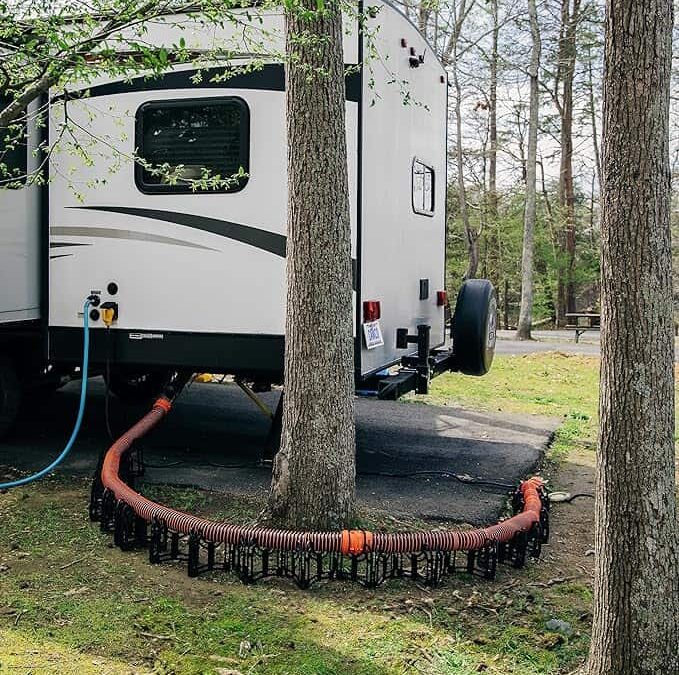Decision, decisions, decisions. The tiny house life is full of them. One of the first decisions you will make is – do you want a mobile tiny house or one that is stationary?
Shall I stay or shall I go…
If you’re thinking about getting into the tiny house life, or are considering the switch from one tiny lifestyle to another, this article is for you.
Both standing, or stationary, tiny houses and tiny home trailers have their pros and cons, which we are going to be diving into today to help you determine which lifestyle is best for you.
What Is The Difference Between A Tiny Home Trailer & A Standing Tiny Home
A THOW, also known as a tiny house on wheels, is when your house is built on a trailer and can be pulled much like a camper.
Stationary or standing tiny houses are on foundations. They are no different from your average house, except they are much smaller and probably more environmentally friendly.
So which one is for you? Keep reading and I will help you with that important decision.
Who Are Tiny Home Trailers Best For?
Do you fantasize about exploring new places, visiting friends and family, and being self-employed? Then a THOW may be the option for you.
THOWs give you a lot of flexibility in where you will live. Florida in the winter and Wisconsin in the summer? Or maybe you want to explore the Rocky Mountains. Wherever your adventurous heart yearns for could be made a possibility with a THOW.
Advantages of THOWS
The mobile tiny house became very popular during the last recession when we had a big housing bust. The housing market during that time was unstable and limited.
This gave way to tiny houses on trailers, or THOWs. But the trend did not end with the recession.
Why? Because the idea is so cool, it caught on and blossomed into a trend.
Advantage #1: Traveling With Your THOW
So the number one advantage with a THOW, hands down, is that you can travel. This mobility often is the one and only deciding factors for THOW enthusiasts.
The freedom of going where you want, when you want, is tough to top, from the tip of Patagonia, to the Pacific Northwest, the possibilities are endless.
Some people want to travel throughout the year while others want to move north and south with the seasons.
Some tiny house owners do not want to travel per se, but want the advantage of being able to move their home if needed. If you are renting your land, for example, you don’t want to lose your home if the landlord pulls the plug.
A mobile tiny home gives you the option to take your home with you if you need to move.
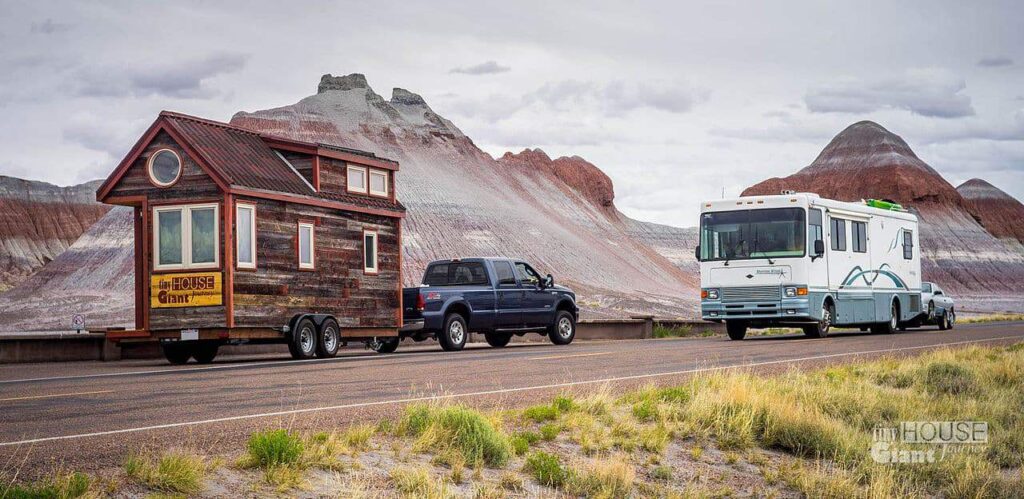
On the road again…
Advantage #2: You Can Work Remotely in Your Tiny Home Trailer
Do you work remotely or are thinking about it?
Then a THOW may be a great option for you.
Many people work remotely, and a new term, digital nomad, describes people who work online while they travel. Digital nomads do a variety of jobs, from freelance writing to engineering to web design.
With THOWs, it is possible to include a home office in the design; using multi-functional furniture is a great way to do this.
If remote work is not your thing, many people take temporary jobs while parked.
Large companies like Amazon and the National Parks system often higher temporary workers. That way you can earn money, pay some bills and be off again when the gig is over.
Here’s the deal:
More and more traditional jobs are being converted to remote or hybrid positions. If traveling the country and taking in everything this beautiful country, continent, and beyond have to offer, talk to your boss about taking your job on the road.
Advantage #3: THOWs are becoming more and more recognized
Tiny houses on trailers are being recognized more and more. They can stop at state and national parks and other campgrounds that welcome RVs. If you plan to be mobile, equipping your tiny home with RV utilities is a plus.
A tiny house is also easy to park in a driveway or backfield at a friend’s home. Your visit will be pleasant because you will maintain your living quarters and be able to visit without stepping on each other’s toes.
Some travelers park at friends or families’ homes for an extended time. You can simply run an extension cord and a garden hose out to provide utilities if you are not off the grid.
Many former RV parks have converted to tiny house parks and rent out their lots on a weekly, monthly or yearly basis.
Another option is a tiny house community.
These communities are springing up all over the United States. We’ve listed our top 10 tiny house communities in a recent post found here.
THOWs are subject to zoning regulations that may affect how long you can park in a specific location or how you dispose of waste. Tiny houses are still not accepted everywhere that an RV or camper is.
It is best to do your homework and plan a route of travel. That way you can make sure your THOW will be accepted when you roll in at 10:00 pm.
Check out our article on how to find the best parking for your tiny home. I go into the laws around where you can park your tiny house, and best apps and resources to use to consistently find great places to park (all of which I’ve used myself when traveling around the U.S.).
Advantage #4: Save Money By Living In A THOW
Another advantage of a THOW is lower bills. Permanent structures seem to have a lot of bills. Property and city taxes, garbage collection, sewer and utilities (assuming you are on the grid), and more.
If your THOW is off grid, you can save considerable money by not having an electric, water or sewer bill. A mobile tiny house is easy to equip with solar panels, a composting toilet, and a rain catchment system.
Despite all its positives, however, there are some negatives… (see below)
Disadvantages Of THOWs
Disadvantage #1: THOWs Depreciate
The biggest disadvantage is that mobile tiny houses do depreciate in value as much as a car does. They are also exposed to the ware and tare of life on the road, and may need more maintenance than a foundation home.
Disadvantage #2: Moving Your Stuff On a Regular Basis
Keep in mind that whenever you move your tiny house, there will be a number of chores to attend to. You will have to secure any loose household items so they do not get broken when you are on the highway.
You will need to unhook your electric and water sources and stow those items away. Solar panels will need to be laid flat so the wind does not rip them off the house. Rain barrels need to be strapped down or brought in the house.
Disadvantage #3: Additional Expenses
Although you will save money by not having the typical expenses of a foundation home, you will gain other expenses.
For one, you will need a truck for pulling, so if you don’t have that yet, you will have to purchase one.
Your tiny home trailer will need to have insurance in addition to your towing vehicle. Obviously, you will have gasoline and car maintenance expenses.
Looking into insurance before you build is a smart idea. That way you can find out if you need to meet certain codes.
Some insurance agencies will require you to be Recreation Vehicle Industry Association (RVIA) approved. RIVA is like the building codes for RVs and requires inspections in some jurisdictions. Tiny homes with larger trailers may need additional permits or need to be an “oversized load.”
THOWS & The Department Of Transportation Requirements
This isn’t a pro or con, but rather something to keep in mind when going to the THOW route.
A tiny house can’t be built on just any trailer. The trailer must meet the codes of the department of transportation.
In short, they must be strong and stable enough to support the weight of the tiny house and be safe on the roads.
Tiny houses average between 8000 – 12000 pounds. Thus, pulling your tiny house will require a big heavy duty truck.
The Department of Transportation limits your THOW to no more than 8.3 feet wide and 13.5 feet high. Length is anywhere from 12 – 28 feet, typically, but no more than 40 feet. Keep in mind that the longer the THOW, the more difficult it is to maneuver.
Trailers are designed based on the length and weight of the home. A tiny house trailer requires more axles to safely pull the home. Remember that an overly heavy load will put stress on the towing vehicle and lower your miles per gallon.
When traveling, it helps to think of yourself as a semi and seek out the places where semis can get in safely and purchase gas or food. You will need the same type of mobility. Truck stops are your friends.
Next Up: Foundation Tiny Homes
While THOWs are awesome and have a ton of advantages, foundation tiny homes have their benefits as well.
While you won’t get to traverse the globe, there are many reasons to love foundation tiny houses.
Like typical houses, permanent dwellings are great if you fancy a roomier kitchen with full-sized appliances. Or you think a bathtub is a must. These things are easier to design for in a foundation home.
You may find that the best solution is a stable tiny house if you have children. In this way, you have access to schools, sports teams and are able to establish yourself in a community.
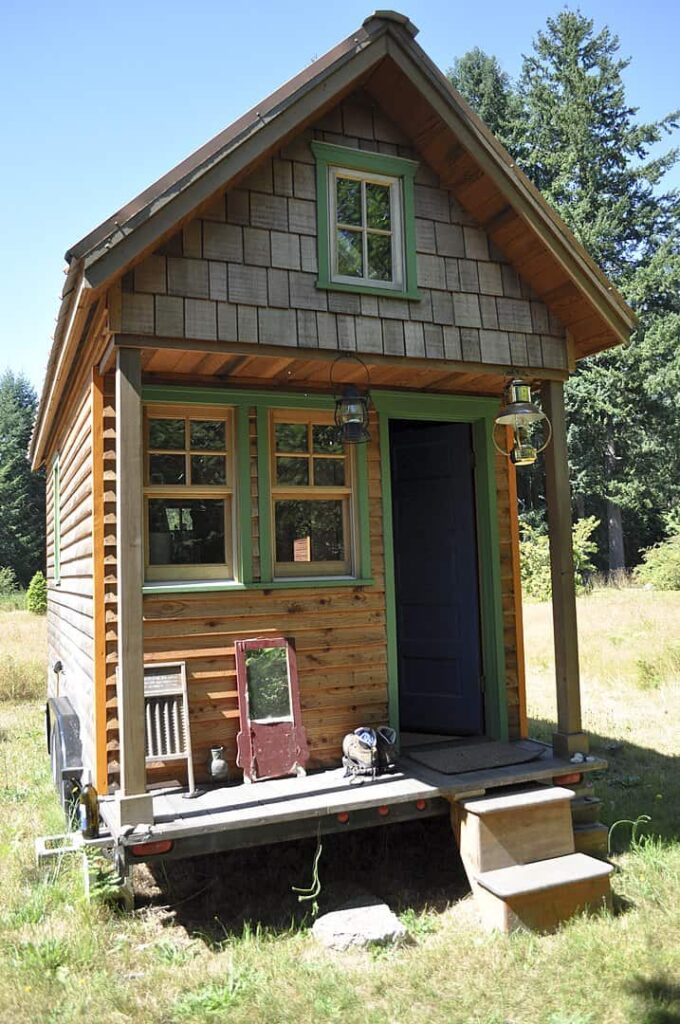
More Advantages of a Tiny House On a Foundation
Advantage #1: Your land will appreciate in value
Building a tiny home on your own land will appreciate in value just like other real estate.
Advantage #2: It lasts longer
A home on a permanent foundation will last longer than a mobile home.
Advantage #3: Gardens are a possibility!
You can have a yard in which to garden, have a swing set or an outdoor kitchen.
Advantage #4: Better for insurance
Permanent homes are often seen as more favorable to insurance agents. They also have a high resale value.
Advantage #5: More creativity
Creativity is endless, even in a home less than 400 square feet. You can go with a modern look of glass walls, a treehouse or channel your love of Lord of the Rings with a specialty hobbit house.
Advantage #6: Greater flexibility
There is more flexibility in the build. When building a THOW you have to consider both the weight of the materials and their durability when moving. With a foundation tiny house, you can use a greater variety of building materials such as brick, adobe or recycled tires.
Disadvantages Of Foundation Tiny Houses
Like everything in life, foundation tiny houses also have its downside.
For one, you will have to buy the land your tiny house sits on, whether it be a city lot, a suburban neighborhood or a place in the woods.
Additionally, you may have to deal with local building inspectors and zoning regulations, with I say from experience, can be quite the hassle.
Also, if you enjoy traveling, you can still so but… your home is not coming with you.
Types of Foundations
There are many types of foundations. A poured cement foundation is very stable and will weather storms well. But it is also the most expensive.
Cement foundations may take the form of a slab, cement blocks or pilings. Zoning in your area may dictate the type of foundation choices you have.
Cement or structural foundations are often required by lenders and insurance agencies. They are seen as stronger and safer for the home.
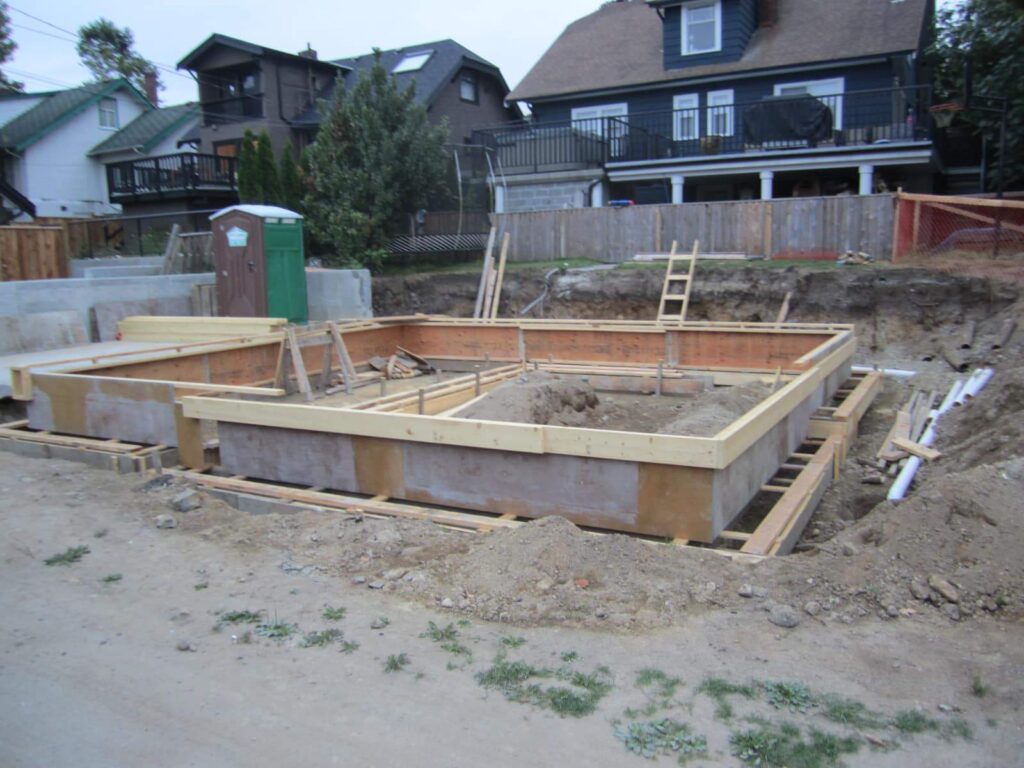
Alternative Foundations
My small cabin actually uses wood posts like a pole barn. The posts were cemented into the ground four feet deep and then the joists were attached to them. I attached the joists with hurricane straps to help weather the winds.
My house which is built into a hillside is actually above the ground. This also helps to keep us dry – no leaky basements.
But here’s the kicker:
I think it feels very stable, but I have had insurance agents that would not insure me because it is not a “real” foundation. I have also gotten push back from insurance agents because it is under 1000 square feet.
Another alternative foundation is to build your home on skids. This way, it is movable by winching it up on a trailer and driving it to a new location.
A smaller tiny house, one that is less than 200 square feet, works best with skids. Skids are not always accepted by building codes, depending on your location.
Flexibility in Design
Foundations give your home flexibility and allow for greater design creativity. For example, you can build your foundation in an L shape or have a bump out to accommodate an enclosed porch.
With a tiny home on a trailer, you have to build your home in a rectangle to accommodate transportation laws.
Wrap around porches still keep your home tiny, but give you a wonderful outdoor space.
A permanent tiny home can also accommodate a full or partial upstairs to give more sleeping space. This works well for families or people with several pets.
Questions to ask yourself before deciding
What will I use my tiny house for?
Will this be a permanent residence, an artist’s retreat or grandmother home, or maybe a way to explore the country while having all the accommodations of a real home?
What do my local laws and zoning ordinances say about placing a tiny house on my property?
Do you own or rent land currently? If you do and decide to move do you want to be able to take your tiny house with you?
Are you retired or are you able to do your job remotely?
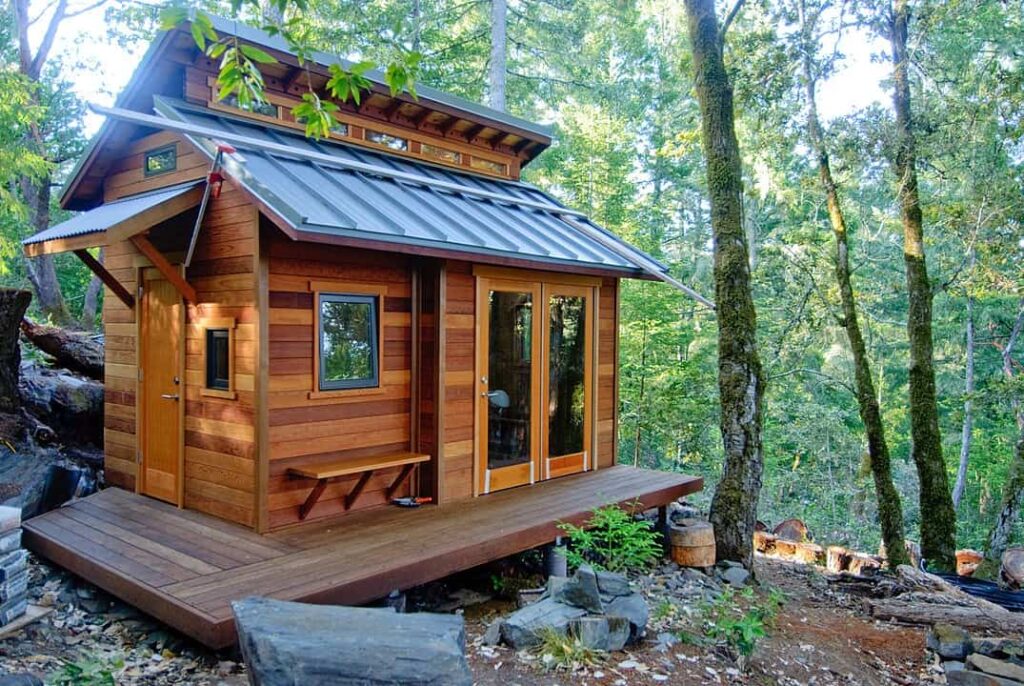
Ultimately the decision is yours and will be based on your goals and desires.
I totally get that this is a hard decision because it impacts your future in a very real way. Take some time and picture yourself in each situation. Visit tiny house builders and look at models.
When you look at models, don’t just walk through and think what’s cute. Really think about yourself in that space doing everyday tasks.

